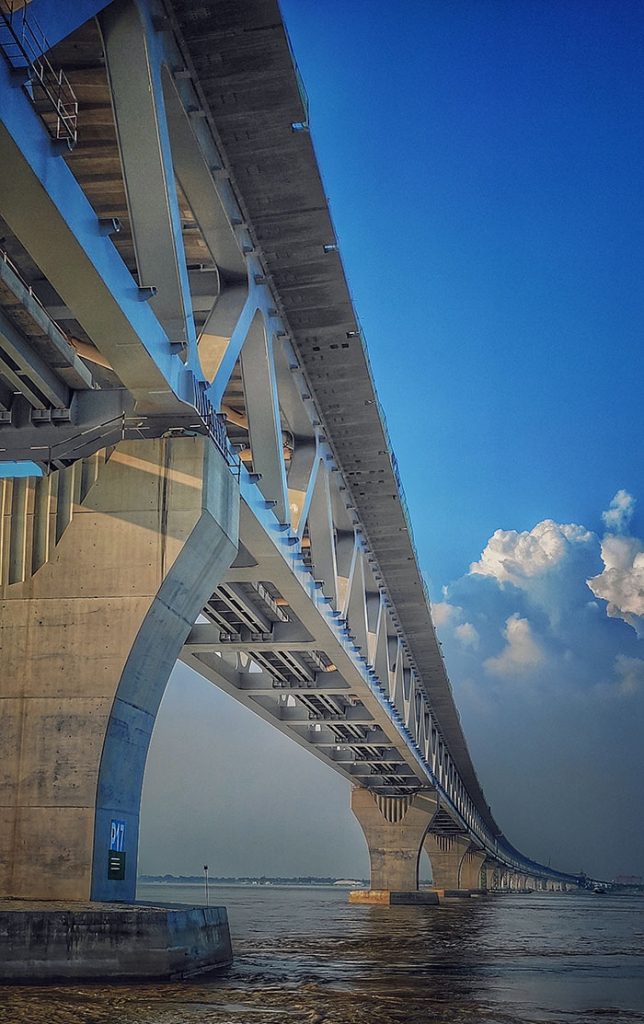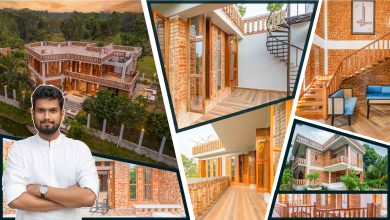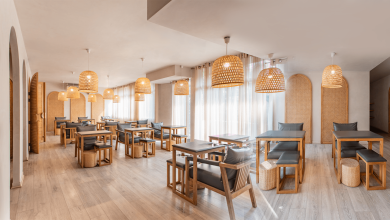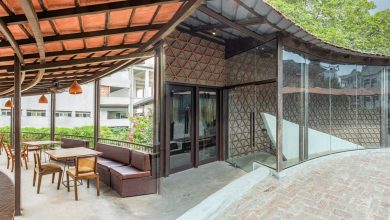The construction of the Padma Bridge completed on June 22 this year after overcoming all the struggles and challenges. This bridge has connected around one-third of the country’s land area, entangled with rivers, to the capital. Consequently, it will catalyze the local and international trades of Bangladesh. The masterpiece structure marks the beginning of a new era of prosperity in its history. Indeed, it is the pride of the nation.

Every step of the construction journey was laced with challenges including river training, and piling under the riverbed. The fierceness of current and high presence of sediment made the construction job extremely difficult. River erosion was other major problem. Therefore, the biggest challenge regarding river management was to protect the bridge by preventing river erosion. If erosion was not prevented, that would cause the river to change its course, indicating that the bridge would stand in one place and the river would flow somewhere else. Therefore, the challenge was to keep the river’s course intact, which was a multi-faceted work. At first, dredging was conducted at the riverbed. Then giant sacks of sand were dropped in five phases, followed by another round of dropping sacks in three phases. Then concrete blocks, each weighing 165 kg, were placed at a height of one meter. After that, the river management was accomplished by putting geo bags, casting concrete blocks, and spreading CC blocks on them. Around 1,33,00,000 concrete blocks and 2,00,00,000 sand-filled geo bags were used in the process. About 212 crore cubic feet of sand had to be transferred because of river management.
The biggest challenge, however, was encountered in piling. 122 meters of piling were conducted at the riverbed, making a global record. The world-famous German hammer was employed, which had also been made in a customized way for this bridge. During the piling design, it was taken into account how the riverbed would change in 100 years. A study showed that the riverbed soil might shift up to 65 meters in a century. Following a rigorous calculation, the piling depth was set at 122 meters, each pile having a radius of 3 meters and being made of 70 mm thick steel. Even if it undergoes rusting under water in a 100 years, a significant amount of steel used for piling will still survive. There are 42 piers in the Padma Bridge.
The piles were arranged in an inclined fashion for resistance of combined vertical loads and horizontal seismic loads. To facilitate design of bridge pile foundations, soil investigation is carried out at each pier site to determine the soil type and properties.
The capacity of the piles was increased by cement grouting of soil around the piles and at the bottom end of the piles. About 60% of the total load is transferred by skin friction and remaining 40% by end bearing. Design capacity of each pile was assumed to be 10 Mega Pascal (MPa). However, pile load testing revealed a capacity of only 7 MPa. Pile capacity was inadequate due primarily to the presence of clay type of soil instead of usual dense sands. Clayey soils have poor load bearing capacity compared of sandy soils. This created a major challenge during construction of the bridge.
Relevant experts were engaged to develop a solution. Based on additional analysis, it was decided to add a 7th pile vertically and at the center of the pile group under 22 piers.
With the visionary leadership of late National Professor Jamilur Reza Choudhury as chairman of the International Panel of Experts and his relentless pursuit of perfection, and the hard work of BBA engineering management team, Bangladesh is getting a world class bridge over the mighty Padma River.
With the knowledge learned during the construction of the Padma Bridge, Bangladeshi engineers now can build future bridges in significantly lower time.




